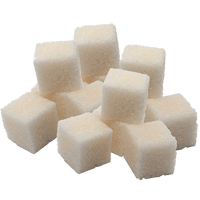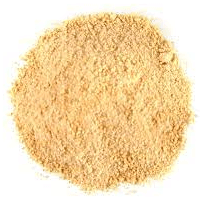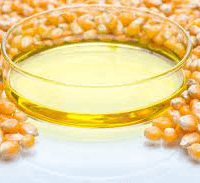Molasses Glycemic Index (GI) - Is It High or Low?
Molasses, also known as black treacle, is produced by refining plants into sugars, such as sugarcane and sugar beets.
As a sweetener, it is naturally high in carbohydrates, containing 75g in a 100g serving. Molasses contain about 25% fewer sugars than granulated white sugar.
Researchers have not yet calculated an exact number for molasses's glycemic index. However, here, we will look at the information we do have about its effect on glycemic response.
The predominant sugar in molasses is sucrose, which has a glycemic index of 65±4 (1). Brown sugar is often made by adding molasses to white sugar. Yellow sugar was calculated to have an 84% glycemic index compared to the 100% GI of white sugar (2).
Filtered molasses concentrate, made from sugar cane, was researched to have potential as a natural functional ingredient capable of modifying carbohydrate metabolism and contributing to reducing the glycemic index of processed foods and beverages (3).
However, considering calories is a key feature in regulating body weight and blood markers in diabetes.
In summary, molasses most likely has a moderate glycemic index but can have a GI-lowering quality when added to high glycemic index foods.



